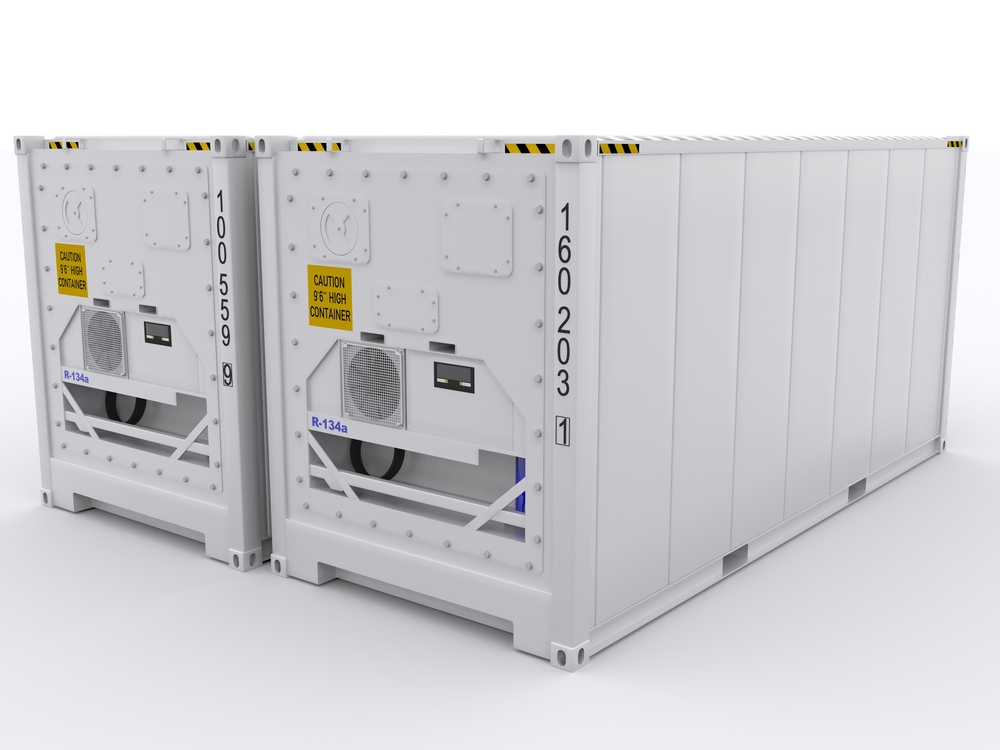In the fast-paced world of global trade, the movement of goods is a well-oiled machine that keeps the wheels of commerce turning. At the heart of this intricate system lies an unsung hero: drayage shipping containers. These unassuming metal boxes have played a pivotal role in shaping the history of shipping and continue to do so in the present day. In this article, we delve into the fascinating history of drayage shipping containers and explore their indispensable role in the world of logistics.
The Origins of Drayage
The concept of drayage has its roots in the transportation of goods by horse-drawn wagons and carts. The term “dray” originally referred to a low, strong wagon or cart used for transporting heavy loads short distances. In the 19th century, drayage services were crucial in connecting ports to nearby warehouses, factories, and railways. It was a labor-intensive process that required the strength of draft animals and the determination of workers.
 The Birth of the Container
The Birth of the Container
The idea of using standardized containers for shipping cargo is much older than one might think. In the 18th century, wooden crates and barrels were commonplace for shipping, but their irregular sizes and shapes posed numerous challenges. It wasn’t until the mid-20th century that the modern shipping container was born.
In 1956, American entrepreneur Malcolm McLean revolutionized the shipping industry by introducing the first standardized metal shipping container. McLean’s idea was simple yet transformative: create a durable, uniform box that could be easily loaded onto ships, trains, and trucks, making cargo handling faster and more efficient.
The Introduction of Intermodal Transportation
The introduction of standardized shipping containers gave rise to the concept of intermodal transportation, where goods could seamlessly move from one mode of transportation to another without the need for unpacking and repacking. This innovation not only reduced cargo damage but also significantly cut down on transportation costs and time.
The Size Standardization
One of the key factors in the success of drayage shipping containers is the standardization of sizes. In 1961, the International Organization for Standardization (ISO) established the ISO container standards, which included the now-familiar 20-foot and 40-foot container lengths. These standardized dimensions allowed containers to be easily stacked on top of each other, maximizing space utilization on ships and in storage yards.
Drayage in the Modern Era
Fast forward to the present day, and drayage containers continue to play a vital role in global trade. Today’s shipping containers come equipped with advanced technology, such as GPS tracking and temperature control, ensuring the safe and efficient transport of a wide range of goods, from electronics to perishable foods.
The Future of Drayage Shipping
As the world of logistics evolves, drayage containers are evolving too. The industry is exploring environmentally friendly alternatives, such as electric drayage trucks, to reduce carbon emissions. Additionally, innovations in automation and artificial intelligence are optimizing container handling processes, making them even more efficient and cost-effective.
Drayage shipping containers have come a long way from the horse-drawn wagons of the past. Their history is a testament to human ingenuity and the constant quest for improved efficiency in global trade. These humble metal boxes have transformed the way we move goods around the world, and as we look to the future, they will undoubtedly continue to shape the landscape of logistics. In an era of ever-increasing globalization, drayage shipping containers are the unsung heroes that keep the wheels of commerce turning smoothly.
Hard to Close Drayage Shipping Containers
Drayage shipping containers are the workhorses of global trade and logistics, providing a secure and efficient means of transporting goods worldwide. While these containers are known for their durability and reliability, they can sometimes be hard to open or close.
Weathering the Elements
Shipping containers spend a significant portion of their lives exposed to the elements, whether on the high seas or in storage yards. Over time, the constant exposure to sun, rain, and temperature fluctuations can take a toll on the container’s exterior and locking mechanisms. Rust and corrosion can form on the container’s metal components, making them stiff and difficult to operate. This corrosion can make it a struggle to turn the handles or engage the locking bars, making the container hard to open or close securely.
Lack of Maintenance
Proper maintenance is crucial to keeping shipping containers in good working condition. Unfortunately, not all containers receive the regular maintenance they need. Containers that are neglected or abandoned may suffer from neglect, leading to issues with opening and closing. Without proper lubrication and care, hinges can become rusty, seals can degrade, and locking mechanisms can become jammed. Neglected containers often require more effort and tools to open, posing a significant challenge for those trying to access their contents.
Cargo Shifting
During transit, cargo can shift within the container, especially if it is not properly secured. When cargo shifts, it can exert pressure on the container’s walls and doors, causing them to become misaligned. This misalignment can make it difficult to open or close the container smoothly. In some cases, the doors may become jammed or wedged shut due to the pressure from the cargo inside.
Human Error
Sometimes, the difficulty in opening or closing a shipping container can be attributed to human error. If a container is not properly closed and locked, it may be challenging to open it later. Similarly, if someone tries to force the container open without following the correct procedures, it can lead to damage and make subsequent openings and closures problematic.
Solution
Equip operators with the proper tools needed and promote safety to help them avoid injury.
The OPNBar tool, for instance, can help avoid some injuries by providing an ergonomic means of opening shipping containers, checking for low-pressure tires, and aiding operators in releasing the tractor from the trailer.
This hand leverage tool / shipping container door extension handle uses the principles of leverage to do the difficult work. By providing an extended area on which to grasp, with both hands, a more stable platform to manipulate the latch handle is achieved.
Designed to fit and extend the door latch handles on side-by-side doors found on the following units with the safety of the truck driver, operator, and worker foremost in mind:
Standard Shipping Containers
- Conex Boxes
- Drayage Shipping Containers
- Intermodal Containers
- ISO Containers
- Reefer Containers
- Military Containers
- Waste Management Containers
- Dismountable Shipping Cargo Containers
- Refrigerated Shipping Cargo Containers
- Semitrailer Dry Freight Cargo Vans
- Semitrailer Refrigerated Freight Cargo Vans
This intermodal container (also known as ISO Container, Conex Box, or Railroad Container) cargo inspection tool hand leverage tool / shipping container door extension handle is to aid in opening and closing side-by-side doors found within Dismountable Shipping Cargo Container Trailer Transportation Industries (Railroad, Harbor, and Trucking Industries).
Eliminates the Need for a crescent wrench, screwdriver, hammer, and crowbar which are commonly needed/used to open stuck shipping container doors.
Conclusion
While Drayage shipping containers are designed to be rugged and dependable, various factors can make them challenging to open or close. These challenges often stem from exposure to the elements, lack of maintenance, cargo shifting, and occasional human error. Proper care, regular maintenance, and adherence to best practices for container handling can go a long way in mitigating these difficulties and ensuring the smooth operation of shipping containers in the world of global trade and logistics.
Contact us : 10053 Whittwood Dr, Suite 11284 Whittier,
CA 90603 USA , 657.6.OPNBAR (657-667-6227)
Website : https://www.shippingcontainertool.com/what-is-drayage/










